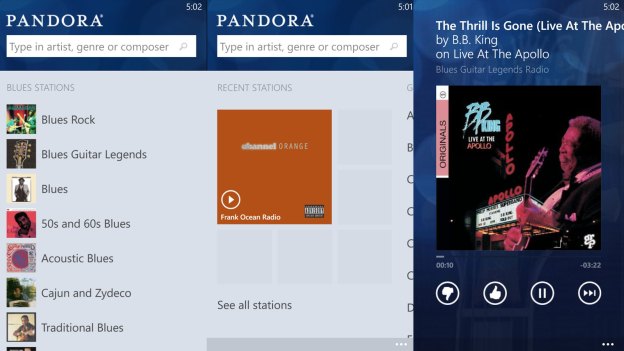
Pandora co-founder Tim Westergren happily announced today on the company’s official blog that it has reached its 200 millionth registered listener. The milestone comes more than 12 years after the company got its start way back in 2000, and is another step in the right direction for the online music service as it faces rising royalty fees and other licensing conflicts.
The 200 millionth registered listener comes nearly two years since the company reached its 100 millionth registered user back in July of 2011. The steady progress for the company is good news for Pandora, which has been under the careful watch of investors since going public in 2011. With 200 million registered listeners, more than 55 million active users, and a place among the top 250 websites on the internet, Pandora has accomplished a lot in recent years.
But while Pandora has been celebrating its success, rising royalty fees continue to cut into the company’s revenue. The company went as far as to limit users to just 40 hours a month of mobile listening back in February unless they opt for a $36 per year Pandora One plan. This was done in order to curb heavy users who are mobile, and only receive a fraction of the ads that desktop users see. While advertising still accounts for more than 80 percent of the company’s revenue, the addition of subscription options have helped curb some revenue concerns for the company. By far though the biggest cut into Pandora’s success has been expansion, where the company has been unable to get itself into Europe and other regions beyond the United States, Australia, and New Zealand. To this day the company is still fighting to get into Europe, where royalty and licensing rules have kept the company stuck in some sort of bureaucratic hell.
Pandora has accomplished a lot, especially when you consider the fact the service still isn’t allowed in Europe. If Pandora ever gets its way with the royalty companies, then it will have a lot more to celebrate about in the months to come.
Editors' Recommendations
- Tons of T-Mobile subscribers just got a free year of Apple TV+
- With U.S. launch of Stations app, Spotify aims to beat Apple to Pandora’s crown


